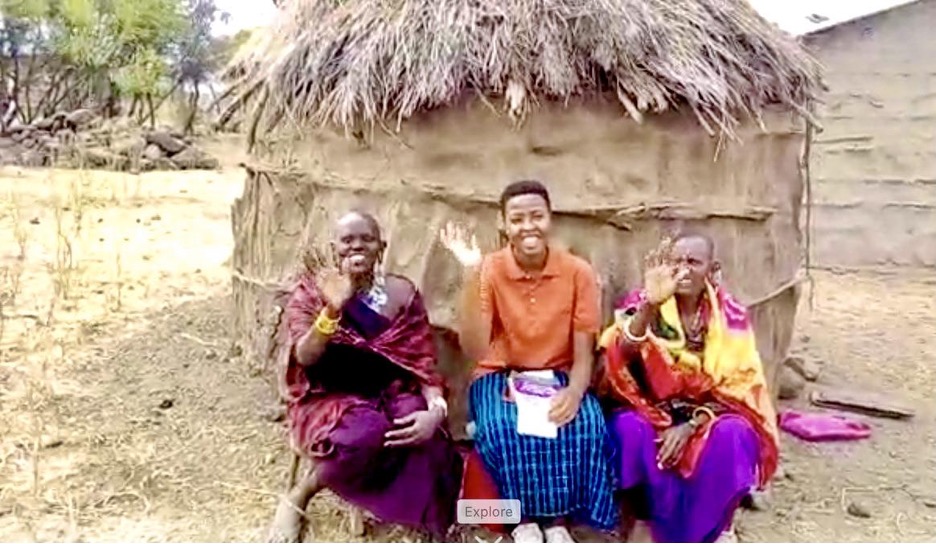







Munk Debate Series
Summary by Brigette McConkey
The 2009 Munk Debates on Foreign Aid (15 short videos, 79:56 minutes total)
The motion: “Be it resolved, foreign aid does more harm than good” (June 1, 2009).
The four debaters agreed that foreign aid is necessary, but its implementation must be improved.
The proponents, De Soto and Moyo, emphasized free markets. The opponents, Lewis and Collier, cautioned that private capital gravitates to predictable returns, such as natural resources; and free markets don’t always deliver what people want or need (they can be exploitative, destructive, and self-serving).
Some memorable highlights (in order of speaker appearance) are summarized below.
Stephen Lewis (parliamentarian, diplomat, author, and social activist)
- Aid has been abused, has sustained despots, has been an engine for corruption, and has damaged social sectors; however, it has saved lives, educated children, alleviated poverty, lowered malaria death rates, and more.
- Aid needs to be more focused, effective, and intelligently applied.
- Trade and direct investment aren’t forthcoming because of risk and anti-competitive practices perpetrated by developed countries.
- Foreign aid must get into the hands of the grassroots and civil society.
Hernando De Soto (advisor, author, and think tank president)
- Developing countries need capital, credit, business, property rights, and good government.
- Developed countries have controlled and profited from foreign aid to developing countries.
- Latin America needs credit backed by assets that are recorded and registered (e.g., homes, land, airplanes). Its assets aren’t on paper; therefore, they cannot be converted to capital.
- Internal reform is needed. Indigenous people, who are the majority, must have property rights. Political districts must be created with elected representatives who are accountable to their constituents. Aid donors must listen to local people for specifications when developing a project rather than to professionals from donor countries.
Paul Collier (development expert and author)
- Private capital can be built on effective public capital; for example, there can be public capital for roads, and private capital for trucks.
- Private capital has failed; one example is Nigeria, which borrowed heavily on international capital markets, and the money went down the drain.
- What would happen if the Western international community did not give aid? China would fill the void.
- Unrestrained profiteering from resource extraction without benefit to emerging economies must be countered.
- Aid has had periods of success; for example, to restore Europe in the late 1940s, North America combined aid with intelligent security, trade, and governance policies.
- The problem began when foreign aid donors attempted to divert countries’ loyalty away from the Soviet Union, so aid was used to prop up dictators (rather than to develop countries).
- OECD politicians have indulged in gesture politics. Citizens in developed countries must be better informed about how aid can be used for development.
Dambisa Moyo (author, consultant, and former investment banker)
- Over 60 years, there has been more than 1 trillion dollars of aid to Africa, but there has been no growth and no decline in poverty.
- Aid fuels corruption, encourages inflation, leaves significant debt burdens, kills the export sector, induces social unrest, kills entrepreneurship, and disenfranchises citizens.
- Officials court donors rather than govern; aid agencies have become a substitute for government; donors are incentivized to give money.
- Africa will grow; developed countries will not. There are 15 stock markets in Africa, and over 85% of the stocks are non-commodities (e.g., telecommunications, consumer goods, real estate). Mobile phone penetration is high, and phones are used to increase people’s incomes.
- A young energetic African population wants to be a part of the global economy and community. China lifted 300 million people out of poverty, using capital, investment, and markets.
- Marshall Plan aid worked because it was short, sharp, and finite. When will Africa be weaned off aid?
- An African middle class must hold governments accountable; governments must open their markets.
- Peter Bauer, who is critical of the system, characterized foreign aid as “money taken from poor people in rich countries and sent to rich people in poor countries.”
Although there was disagreement, the speakers offered a concise overview of the development opportunities and obstacles in emerging countries, and they demonstrated their commitment to lifting the poorest countries, or the “bottom billion” in Collier’s words, into an inclusive global economy. In that respect, as Moyo said, “We are all on the same side.”
Diversity and Inclusion
“In an environment characterized by rapid geopolitical, regulatory, and business shifts, organizations today are facing heightened levels of strategic risk. What exactly are strategic risks? In short, the risks that threaten to disrupt the assumptions at the core of an organization’s strategy. Think everything from black swans to political upheavals and financial crises, as well as new technologies that can render a business model obsolete.
To mitigate the potential negative outcomes these risks present, your business strategy must provide you with creative options for responding to a crisis, industry disruption, or brand threat. Too often, however, the people who set strategy rely on a set of common assumptions and beliefs that the organization rarely questions.
What happens if those assumptions turn out to be wrong?”
Continue reading this Deloitte article by clicking this link.
Do you have an article you would like to see included in the ICO World Journal?
Email us at communications@innovativecommunities.org




 Nashipay means “joy” in the Maa language and despite multiple levels of challenges the whole community approaches life with joy, solidarity and “ewolo” (I am because we are) in their hearts.
Nashipay means “joy” in the Maa language and despite multiple levels of challenges the whole community approaches life with joy, solidarity and “ewolo” (I am because we are) in their hearts. Maasai culture is one of presence; of being in the moment in a way that is hard to grasp in our Western context. The Council of Elders decided over 10 years ago to choose a long term approach to meeting the many needs of the community. Their wisdom directed them to the decision that the education of their children is key for their community to live healthier and more productive lives.
Maasai culture is one of presence; of being in the moment in a way that is hard to grasp in our Western context. The Council of Elders decided over 10 years ago to choose a long term approach to meeting the many needs of the community. Their wisdom directed them to the decision that the education of their children is key for their community to live healthier and more productive lives.








